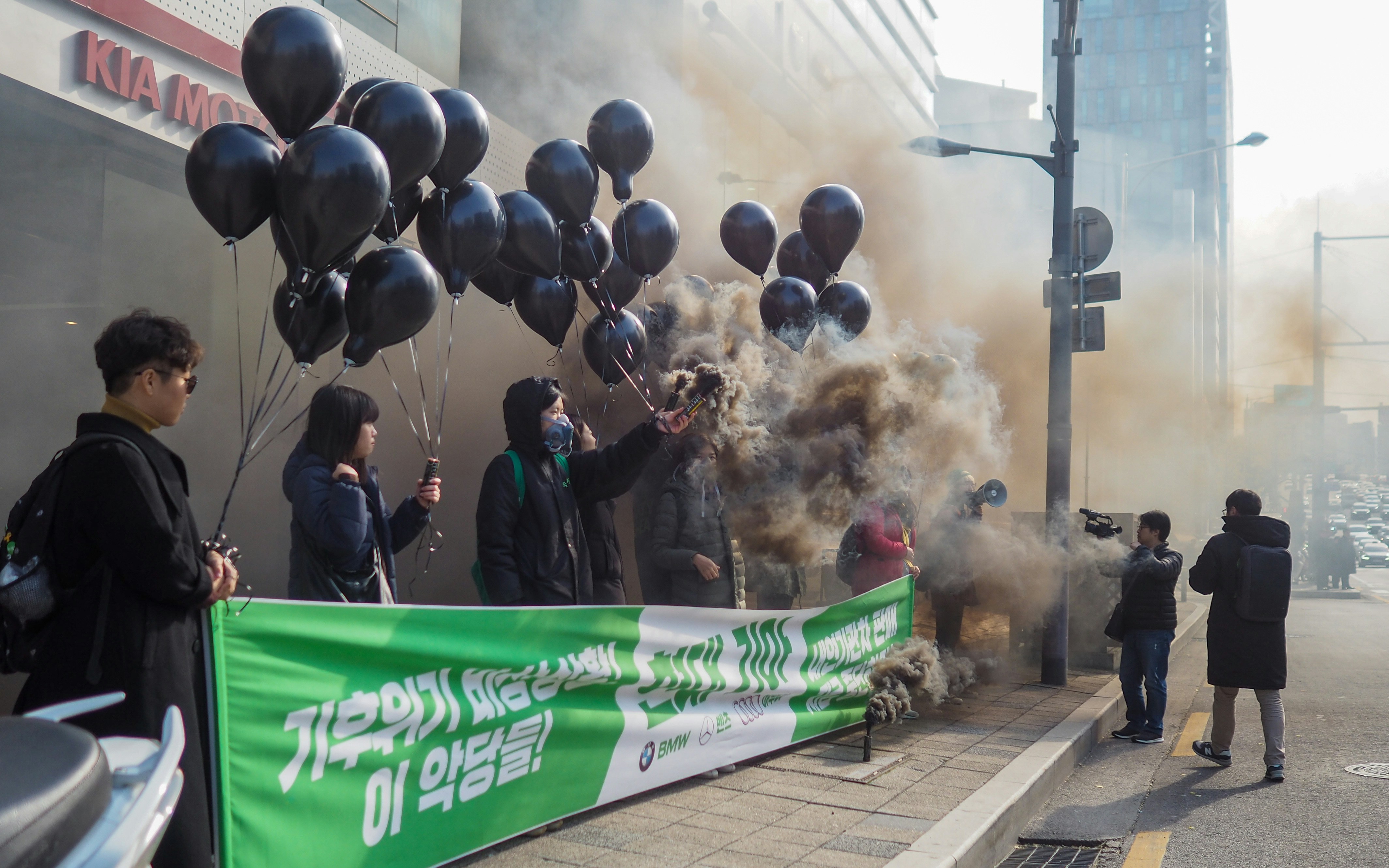Escalations in Eastern Europe
Tensions have flared again in Eastern Europe, with renewed border clashes and political rhetoric heating up across multiple fronts. Intelligence reports suggest troop movements near disputed zones, while cyberattacks on public infrastructure have added a modern layer to old rivalries. The international community isn’t just watching it’s recalibrating.
NATO has entered a heightened state of alert. Joint exercises have expanded, surveillance flights have increased, and member states are accelerating diplomatic channels in an attempt to deescalate. Behind closed doors, there’s growing pressure on regional players to commit to transparency but trust is thin, and time is limited.
Caught in the middle, civilians are facing daily disruptions. Shelters are filling up, cities are on standby, and basic services in some areas are now unreliable. As with most regional conflicts, the ripple effect is both deep and far reaching fuel prices, trade routes, and humanitarian access are all in flux.
Leadership Shakeups in South America
It’s been a week of political whiplash across South America. Senior officials in Argentina, Peru, and Bolivia stepped down some expected, others not. In Ecuador, an outsider candidate secured a top finance role, signaling a crack in the traditional power structure.
Much of the upheaval stems from economic pressure. Citizens are demanding urgent solutions to inflation, debt, and job scarcity. In response, new leaders are floating bold fiscal reforms everything from subsidy cuts to cryptocurrency integration. It’s risky, but waiting hasn’t worked either.
Global markets, already on edge, haven’t stayed quiet. Regional currencies dipped, and investor confidence wobbled as analysts reassessed everything from bond yields to trade deals. The vibe? Cautious, curious, but very much on alert.
Climate Crisis Hits Hard in Southeast Asia

Southeast Asia is reeling from a wave of brutal climate events, and the damage is stacking up fast. Flash floods have swallowed entire villages. Heatwaves are pushing energy grids to the brink. Crops are failing, roads are gone, and rural communities already running lean are getting hit the hardest. These aren’t isolated incidents anymore. They’re a pattern.
Governments in the region are reacting, but the reality is they’re playing catch up. Emergency funds are thin. Infrastructure fixes take time, and time’s not on anyone’s side. Climate adaptation plans are being drafted on the fly, often too slow or too soft to match the scale of the crisis.
Meanwhile, international aid is lagging. Relief supplies are trickling in, but it’s not enough. Logistics are snarled, and global attention keeps skipping to the next headline. The climate crisis in Southeast Asia isn’t a future problem it’s already here, and it’s outpacing the world’s ability to respond.
Economic Turbulence in the Eurozone
Inflation is back on the front page, and it’s hitting hard. Spikes in energy prices and transport costs have sent living expenses soaring across the Eurozone. Households are feeling squeezed, and businesses are struggling to stay competitive. What started in the supply chain has spread like wildfire fuel, shipping, and utilities have all surged.
The fallout is visible. Streets in major European cities are packed not with tourists, but with protesters. From farmers to factory workers, unrest is boiling over. People aren’t just asking for change they’re demanding it.
Economists aren’t offering much relief either. Many warn that this level of volatility could drag on well into next year. Instability in global markets, plus energy uncertainty driven by ongoing geopolitical tensions, aren’t leaving much room for optimism.
For now, Eurozone leaders are walking a tightrope. They need to cool inflation without freezing growth. Easier said than done.
Breakthrough Talks in Middle East Peace Process
Cautious Optimism After Unlikely Talks
In a surprising turn, opposing factions in key Middle East regions have engaged in rare negotiations. While the talks are still in the early stages, both regional observers and international diplomats are pointing to a tone of cautious optimism.
Dialogue facilitated by neutral third party nations
Initial agreements made on resource distribution and border monitoring
Decades old disputes being revisited with new perspectives
Humanitarian Ceasefires Gaining Ground
The negotiations have already led to temporary ceasefires in several conflict zones. These limited pauses in violence have allowed for critical humanitarian aid and medical assistance to reach displaced populations.
Ceasefires negotiated for key transport corridors and civilian zones
Aid organizations report improved access to high need areas
Challenges remain due to disagreement over ceasefire durations and enforcement
Global Leaders Watching Closely
World leaders and organizations like the UN and NATO are cautiously assessing next steps. Whether these talks lead to lasting resolutions or stall under political pressure remains uncertain but there is no shortage of attention.
Foreign ministries issuing supportive but restrained statements
Some governments offering to mediate or host follow up summits
Ongoing analysis of geopolitical implications across the region
Stay on top of breaking global news
Watchlist for Next Week
All eyes are on two continents as major elections gear up in parts of Africa and Asia. These votes carry real weight not just locally, but for international policy and trade. Governments could flip, opposition parties are gaining steam, and social media is already buzzing with early voter turnout and potential disruptions. Creators and viewers alike should keep a close eye on what unfolds; content and commentary opportunities will be everywhere.
Meanwhile, the G7 Summit just wrapped, and the decisions made behind closed doors are set to send ripples through global markets. Discussions ranged from AI regulations to green energy timelines. For economic vloggers and politically minded creators, now’s the time to decode what those statements actually mean for everyday people.
Finally, the WHO is back on alert as several new variants of global health threats some respiratory, some food borne are under increasing surveillance. No panic yet, but watchlists are growing. Vloggers covering health, travel, or lifestyle will want to stay updated the audience surely will.
Next week’s news cycle is loaded. Best to prep your takes early, while there’s still room above the fold.

 Patience Degarmonic was instrumental in building the community and health sections of News Flip Network, bringing a fresh perspective to the platform. Her focus on wellness content, along with her efforts in curating relevant and insightful articles, added depth to the site’s offerings. Degarmonic’s contributions ensured that readers not only stay informed about current events but also gain valuable tips for leading balanced and healthy lives.
Patience Degarmonic was instrumental in building the community and health sections of News Flip Network, bringing a fresh perspective to the platform. Her focus on wellness content, along with her efforts in curating relevant and insightful articles, added depth to the site’s offerings. Degarmonic’s contributions ensured that readers not only stay informed about current events but also gain valuable tips for leading balanced and healthy lives.